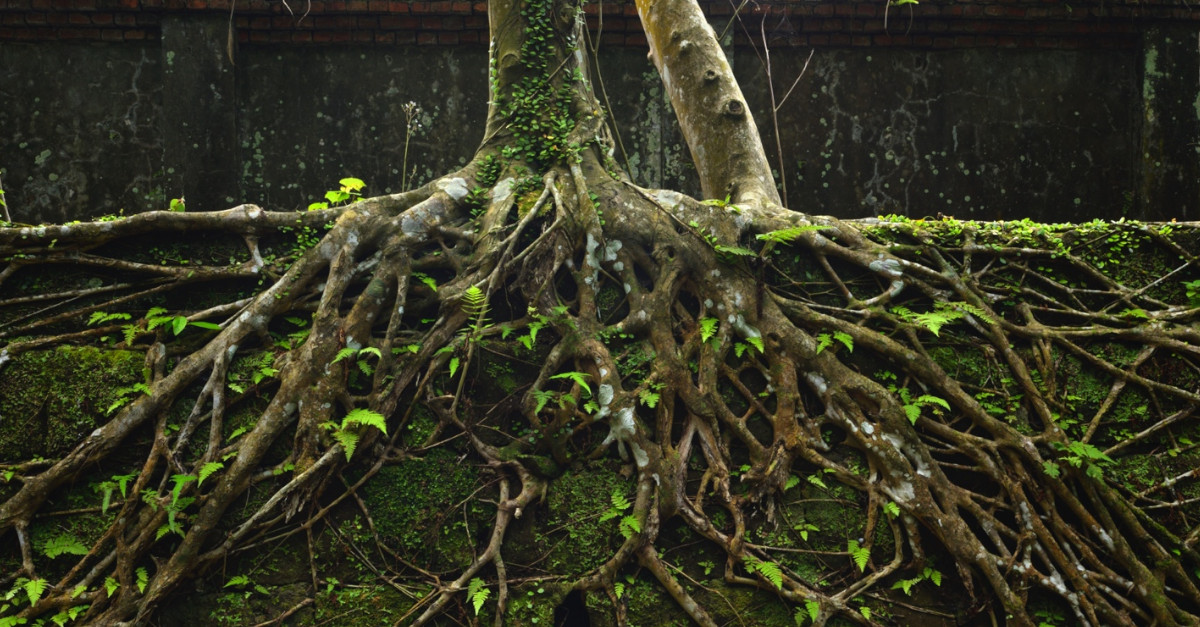Where Do Christmas Trees Come From?
Finding the perfect Christmas tree is one of the many joys the holidays bring. When you identify the right one, it feels as if it just belongs in your home. Where do these special Christmas trees get their humble beginnings, before they’re dressed up in tinsel, and setting the backdrop for a cozy December night?
Much like the season itself, their origin story is a bit magical.
The Growing Gift of Christmas Tree Farms
Unless you’re fortunate enough to live near a Christmas tree farm, you likely purchase your tree from a retailer or pop-up lot. But most trees have a long way to go before they reach these destinations.
Prior to the 1930s, most people grew their own trees on their property or cut one down in the wild. Since then, however, tree farms have popped up all across the country, with two main regions producing most of our trees. The Blue Ridge Mountains in North Carolina produce 1.9 million trees annually, while Clackamas County, Oregon, is a close second with 1.8 million. Wisconsin, Michigan, and Pennsylvania are also known for tree production.
Though these are the top producers, all 50 states have their own Christmas tree farms, and together, they’re growing 350 million trees right now. Each year, up to 30 million trees are sold, but for every one that’s harvested, one to three new seedlings will be planted for a Christmas yet to come.
New tree growth is important for keeping up with demand, especially since the average evergreen takes roughly 11 years to reach average height. This timeline can vary significantly by species, however. Douglas and Fraser Firs, for example, reach maturity within six to eight years, but the pines used as Christmas trees in Florida may reach their desired height in as little as three years.
Preparing the Present of Your Tree
Regardless of how long it takes, a lot of love goes into growing Christmas trees, as second-generation tree farmer Ben Butler explains: “Before planting, it is our goal to eliminate all tough-to-manage perennial weeds, adjust the pH to our target range (depending on the tree species), and establish ideal soil fertility for seedlings. This all needs to be done a year (or years) in advance.” Other preparations like grass development are done in the fall, well before trees are typically planted in the early spring.
As Christmas trees grow, farmers monitor for weeds and pest issues. Most begin the shearing process once trees reach a height of three to four feet. This involves shaping the trees’ branches once the new growth cycle ends in the spring to create the conical tree profile we all know and love.
No matter whether you prefer a tree that’s short and stout, tall and elegant, or in need of some TLC like Charlie Brown’s, there’s simply no substitute for a real Christmas tree. Since nearly all real trees sold in the U.S. are also grown here, buying a real tree means you’ll be supporting the American economy with your purchase. Real trees are also a renewable resource, making them a better option for the environment.
When it’s time to care for the rest of your trees, turn to Premier Tree Solutions. Our specialists offer detail-oriented pruning, maintenance, and removal services to keep your property looking its best. To request a visit, call (404) 252-6448 or contact our team online.










